RSAF unveils new H225M helicopter with better range, manoeuvring to replace Super Pumas

The RSAF's new H225M medium lift helicopter in mid-flight. (Photo: CNA/Calvin Oh)
SINGAPORE: It might look largely similar to its predecessor, the Super Puma, but the Republic of Singapore Air Force’s (RSAF) new medium lift helicopter, the H225M, can fly better and farther.
The Airbus-made H225M can be used for search and rescue (SAR), aeromedical evacuation, as well as humanitarian assistance and disaster relief operations. Reporters got a first up close and personal look at the helicopter at Sembawang Air Base on Wednesday (Dec 15).
“With its high load capacity, easy cabin access, combined with fast cruise speed, long range and in-flight agility, the H225M helicopter provides the flexibility needed for the RSAF to be more effective and capable in meeting operational demands,” the Ministry of Defence (MINDEF) said in a fact sheet on Wednesday.
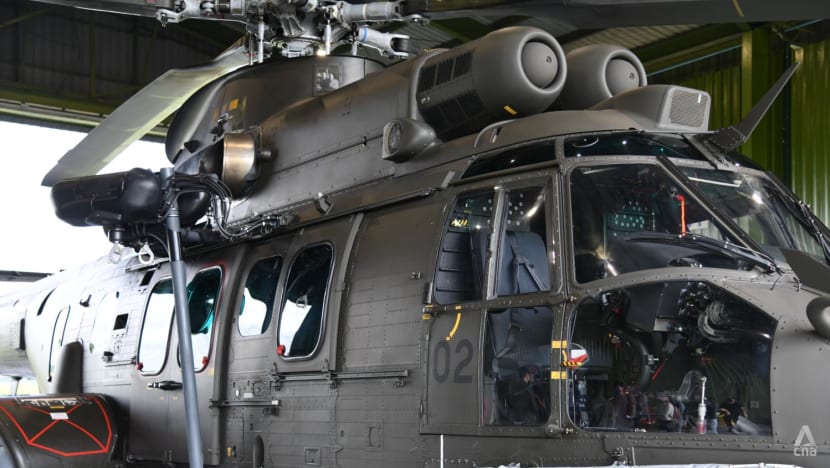

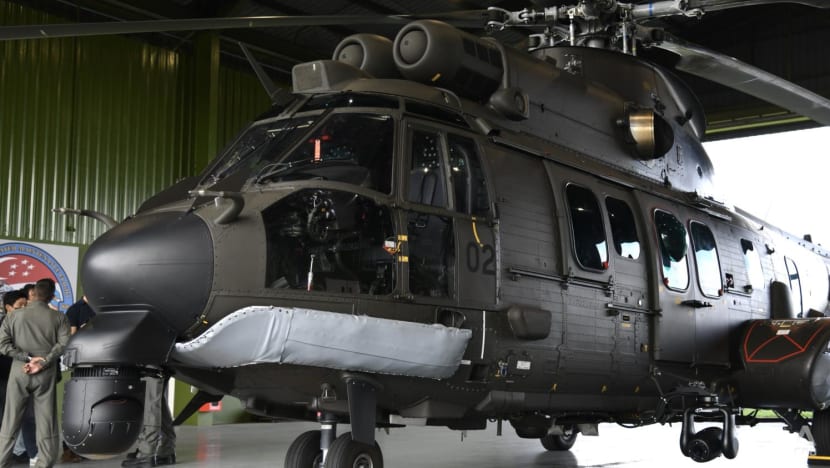
The H225M payload capacity supports one of the following: About 30 personnel, 11 stretchers with medical support, or up to 4,750kg of underslung cargo. It can fly up to 740km before needing to refuel, about 20 per cent more than the Super Pumas, which have been in service since 1983.
MINDEF had announced in November 2016 that it will buy the H225Ms to replace the ageing Super Pumas, although the previously projected delivery of end-2020 was delayed to early 2021 onwards due to the COVID-19 pandemic.
The new helicopter is part of the helicopter group under RSAF’s Participation Command, which can insert troops, drop supplies or provide air defence to influence ground and maritime battles.
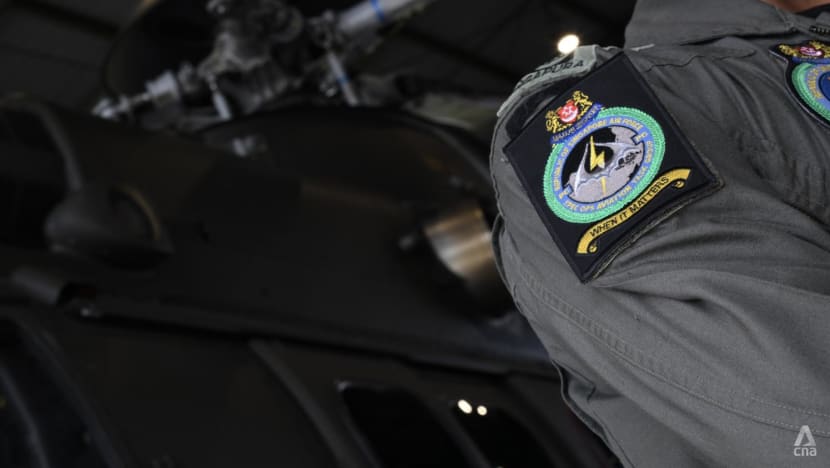
Lieutenant Colonel (LTC) Oh Chun Keong, 43, commander of the tactical air support group under the same command, said the RSAF will take delivery of the H225M in phases, according to operational requirements. Defense News reported in March that the final number will likely be around 30 helicopters.
“The Super Pumas have been serving as a workhorse of the RSAF over the last 30-over years. It’s timely for us to renew our capabilities to future-proof ourselves,” LTC Oh said, adding that most of the Super Puma’s current missions will be transferred to the H225M.
Over more than three decades, the Super Pumas have participated in humanitarian missions locally and abroad, inserted special forces in counterterrorism exercises, and carried the state flag during the National Day Parade.
The H225M is still being operationalised, with the first batch of pilots and air crew specialists – all trained for the Super Puma – starting overseas flying training in early 2020 and is now training locally. There is no indication yet on when the helicopter will be fully operationalised.
BETTER RANGE AND MANOEUVRABILITY
But H225M pilot Captain (CPT) Darryl Chong, 26, said the new helicopter has already left a good first impression.
“There is greater flexibility for us to achieve our missions when there is longer range capability for the aircraft,” he said. “When we compare it to the Super Pumas, even though (the H225M) is more manoeuvrable, it’s also more stable.”
CPT Chong said the H225M comes with a “better version” of everything the Super Puma has, including more reliable gyros that help manoeuvre the helicopter.
“We are trying to work the H225M into bettering existing processes,” he added. “The closest analogy I can give you is just like upgrading your car. Plain and simple, it’s a better aircraft.”

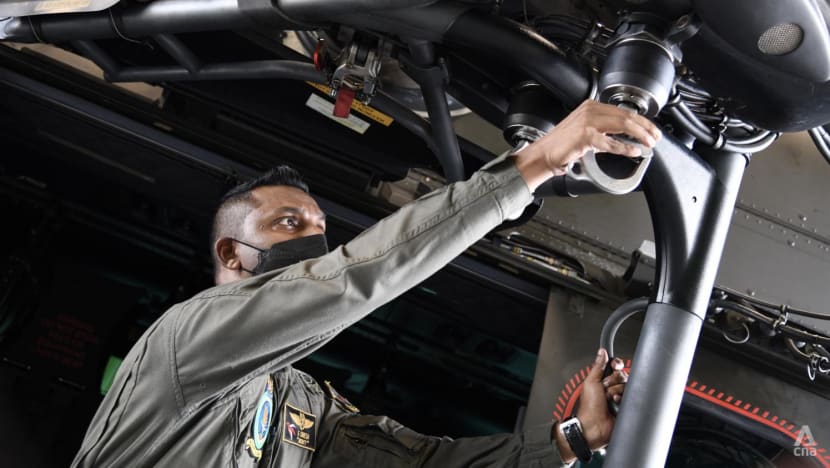
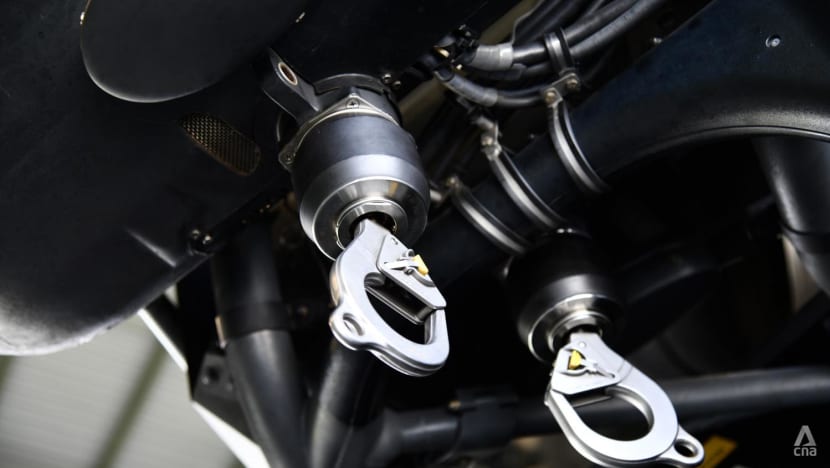
Besides flying, the H225M can also perform its missions more effectively. For instance, its extra hoist and longer cable come in handy during SAR missions.
A pair of hoists allow for redundancy when pulling up casualties, while a longer cable enables the helicopter to hover higher when faced with tall obstacles, like a ship’s mast.
“The other thing is it has a new and improved motor, which actually gives us a faster winching speed,” said 3rd Warrant Officer Dinesh Kumar Suppiah, 41, an air crew specialist with the H225M.
“When it comes to rescue, time is precious. And by having a faster winching speed, we are able to insert the winchman and extract the casualties in a very fast manner where every second counts.”
URGENT SEARCH AND RESCUE
On Wednesday, Senior Minister of State for Defence Heng Chee How watched a demonstration of how a time-critical SAR mission begins at the air base.
As a siren rang through the hangar, logistics personnel hurried out to a parked Super Puma before towing it out to the tarmac. In a nearby container, two pairs of pilots and air crew specialists on 24-hour standby geared up and sprinted out. The helicopter needs to be airborne within minutes.
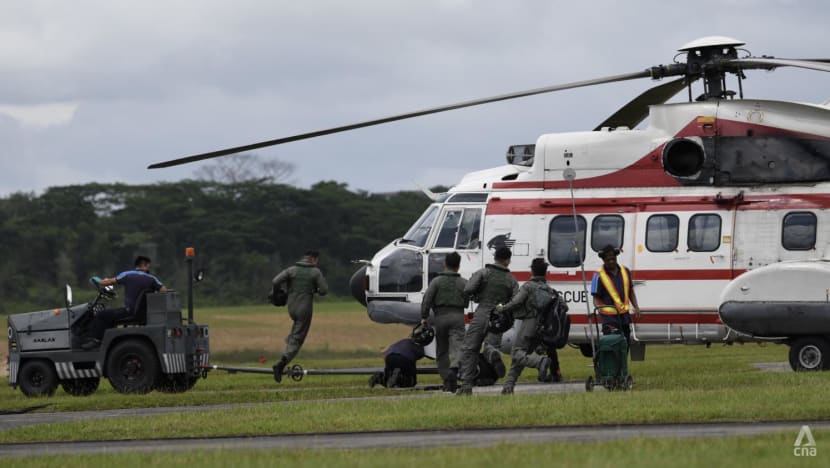
At a nearby medical squadron, a doctor and a medic rushed out in an ambulance with sirens blaring. The ambulance brought them to the helicopter, which by then had turned on its rotors.
The chopping sounds grew louder, the medical personnel boarded, and the Super Puma – painted in distinct red-and-white SAR colours – lurched forward, made a right turn and took off.
The helicopter sooon banked left and hovered close to the ground, and a crew member was winched down to raise a dummy casualty on a stretcher.

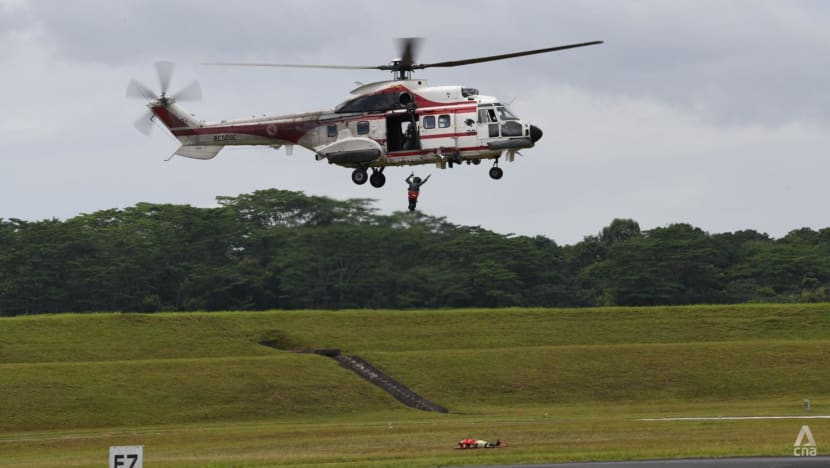

The RSAF responds to an average of two SAR activations a month, including attending to merchant vessels with sick or injured crew in the South China Sea.
On Nov 26, a Super Puma was activated to evacuate a cruise ship crew member, who had suffered a heart attack, to Singapore General Hospital.
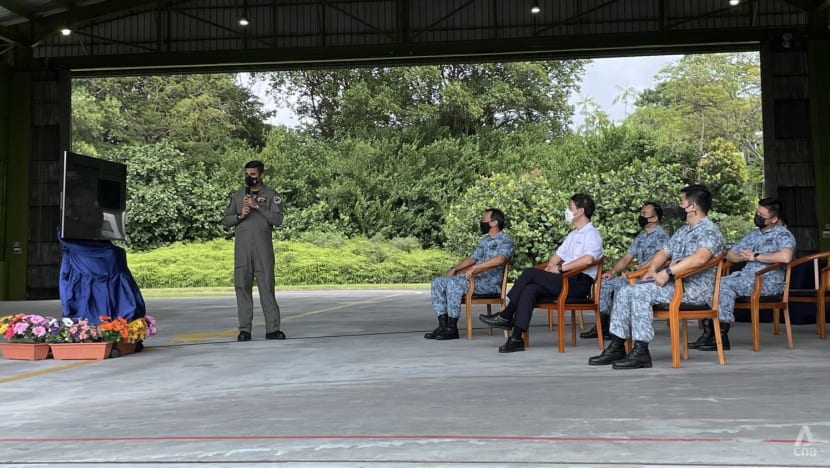
Mr Heng, who also took part in a familiarisation flight on the H225M, said the new helicopter will “more than well” attend to the role of the Super Pumas.
“We want to make best use of whatever we have, but at the same time, we always cast our eyes to the future and also (are) very sensitive to the sort of the threats that we have to face up to,” he said.
“And therefore, answer the question: What sort of capabilities do we need, whether by way of lift, or by way of attack, or by way of defence? This is an example of an asset that we are upgrading, and this is a process that will continue.”














